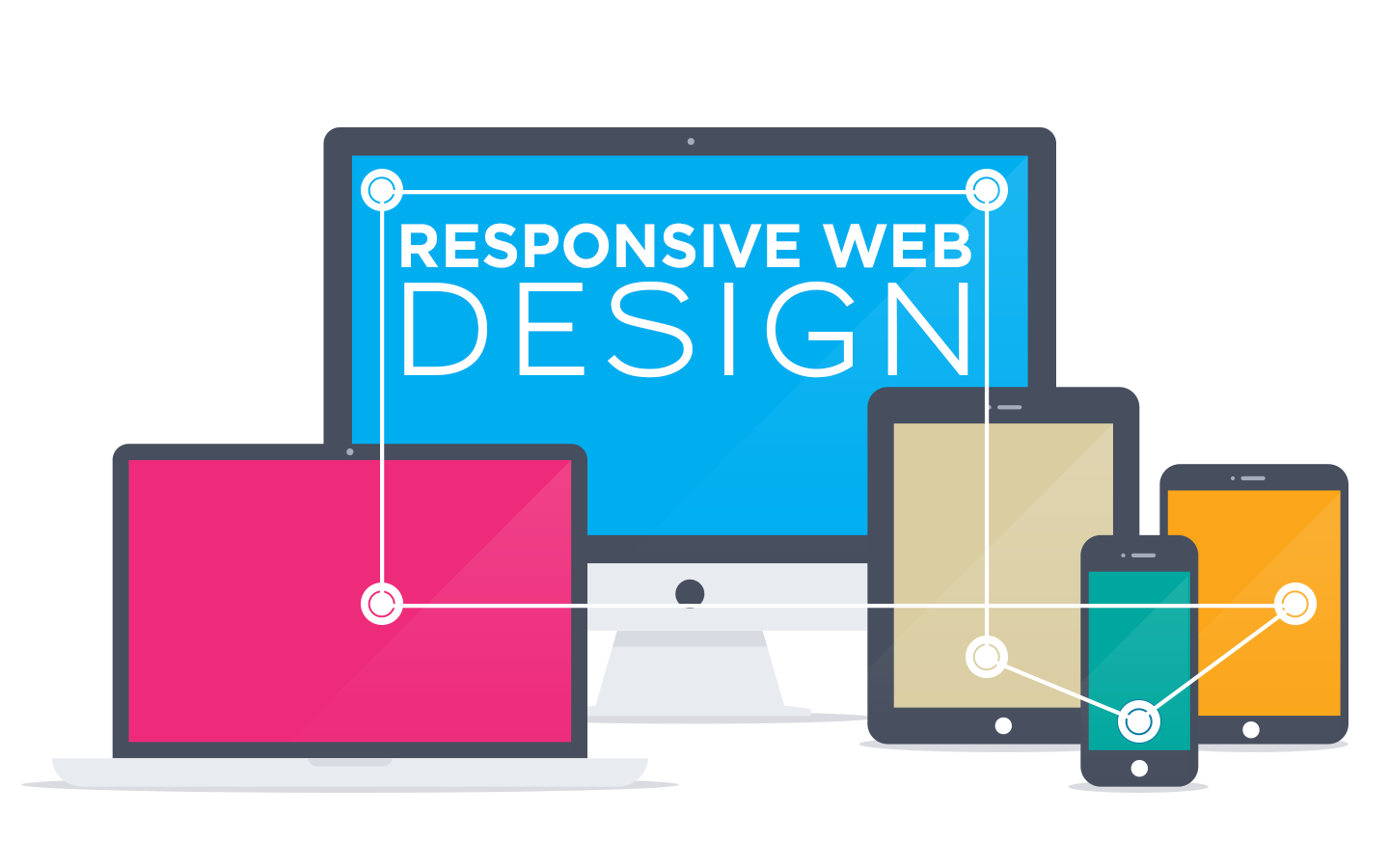Blitz News Digest
Stay updated with the latest trends and insights.
Responsive Web Design: Where Flexibility Meets Finesse
Discover how responsive web design blends flexibility with finesse to captivate users and boost your site’s success. Click to learn more!
Understanding the Principles of Responsive Web Design
Responsive web design is an essential approach to web development that ensures a website looks and functions well across various devices and screen sizes. This method achieves flexibility through a combination of fluid grids, flexible images, and media queries. By utilizing these techniques, developers can create layouts that adapt seamlessly, providing an optimal viewing experience whether on a desktop, tablet, or smartphone. Ensuring that your website is responsive not only enhances user experience but also plays a crucial role in improving your search engine rankings.
At the core of responsive web design are three key principles:
- Fluid Grids: These are used to create a structure that scales based on the user's screen size. Instead of fixed units, percentages are often employed to ensure elements resize as needed.
- Flexible Images: Like fluid grids, images must also adapt to their surrounding environment. Using CSS to set a maximum width of 100% allows images to resize smoothly with the layout.
- Media Queries: These powerful tools enable developers to apply different styles based on specific conditions, such as screen width or orientation. This allows for tailored layouts that optimize usability across devices.

Top 5 Benefits of Implementing Responsive Designs for Your Website
In today's digital age, responsive design has become essential for any website looking to enhance user experience. One of the primary benefits of implementing responsive designs is that it ensures your site functions seamlessly across a variety of devices, be it a desktop, tablet, or smartphone. With mobile internet usage surpassing desktop, having a website that adjusts its layout dynamically helps in retaining visitors and reducing bounce rates. The result is a more engaged audience that appreciates the accessibility and convenience your site provides.
Another significant advantage of responsive design is its positive impact on SEO. Search engines, like Google, prioritize mobile-friendly websites in their rankings. By consolidating your web presence with a single, responsive design, you eliminate the need for separate mobile URLs, which can dilute your SEO efforts. This streamlined approach not only improves page load times but also enhances overall usability, making it easier for search engines to index your content effectively.
How Does Responsive Web Design Improve User Experience?
Responsive web design plays a crucial role in enhancing user experience across various devices. By ensuring that a website adapts seamlessly to different screen sizes, it provides users with a consistent and enjoyable browsing experience, regardless of whether they are using a smartphone, tablet, or desktop. This adaptability reduces the need for zooming or horizontal scrolling, allowing visitors to find the information they need quickly and efficiently. In today's digital landscape, where mobile traffic is continually increasing, having a responsive design is essential for keeping users engaged.
Moreover, responsive web design can significantly impact site loading times and performance. Fast loading pages contribute to user satisfaction and retention. When a site is designed responsively, resources such as images and scripts are optimized for the device being used, leading to quicker load times. Additionally, this design approach can positively influence search engine rankings, which are increasingly favoring mobile-friendly sites. In summary, investing in a responsive design not only improves user experience but also enhances visibility and accessibility in the competitive online landscape.